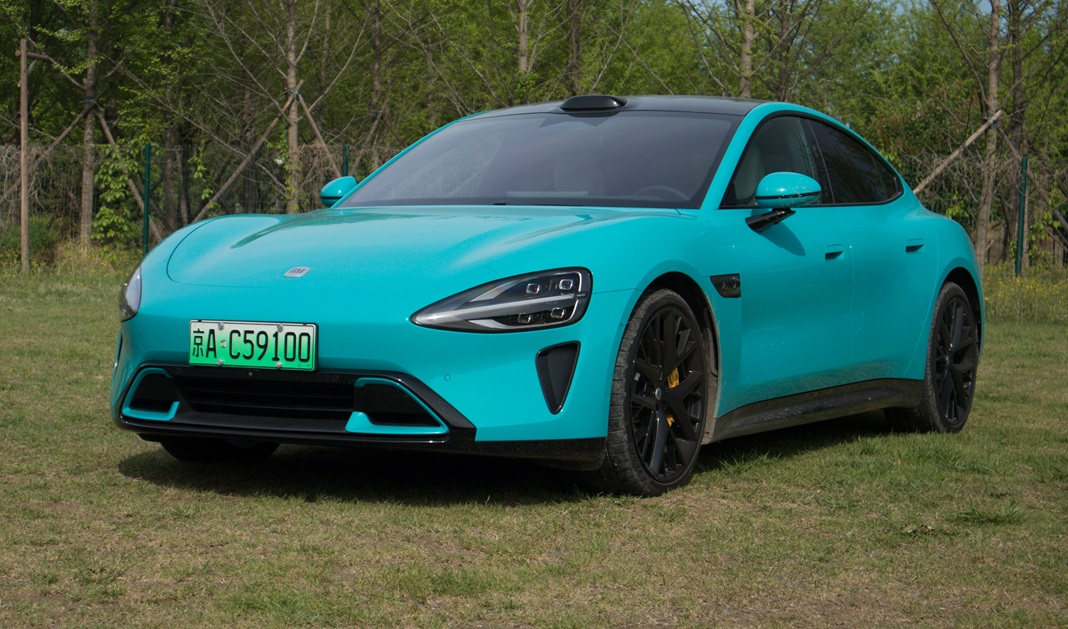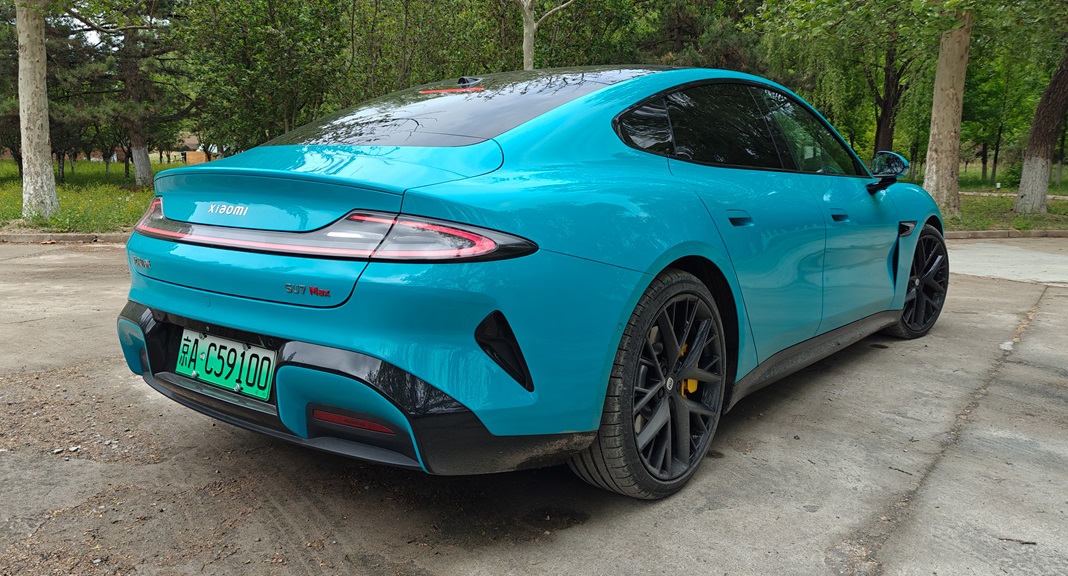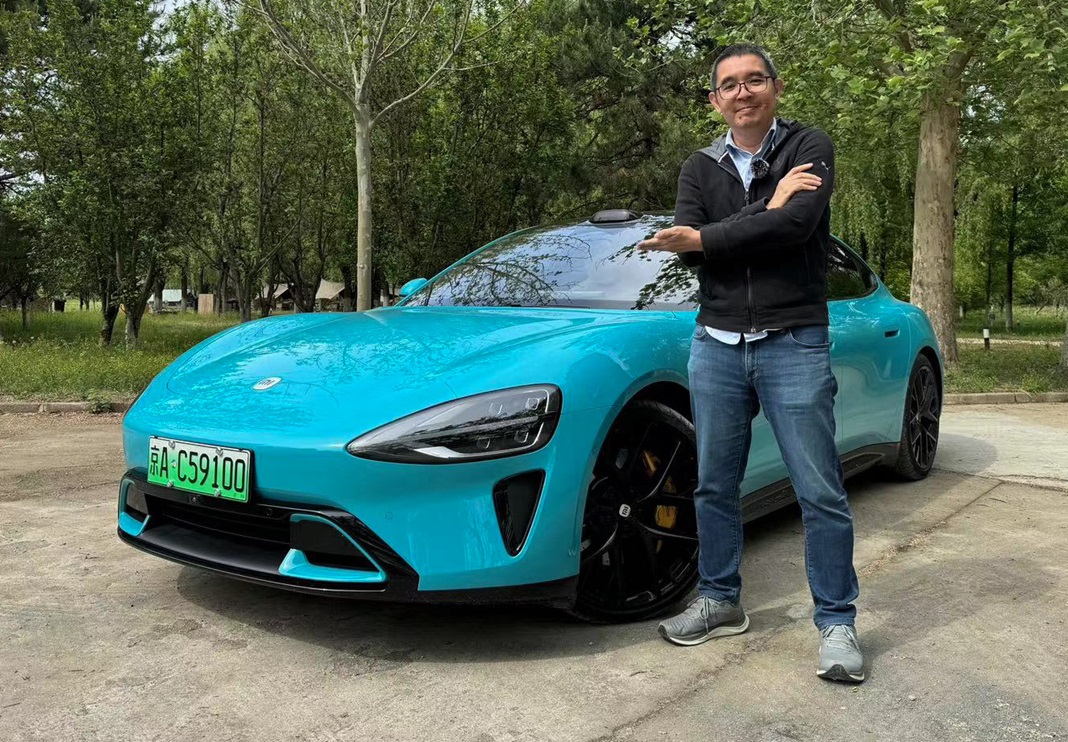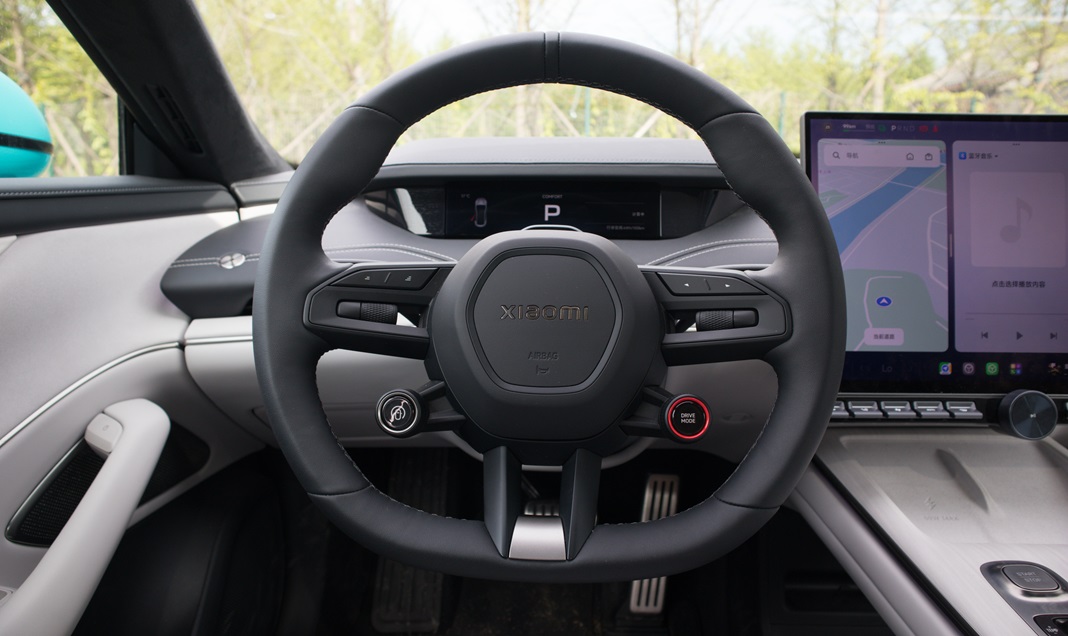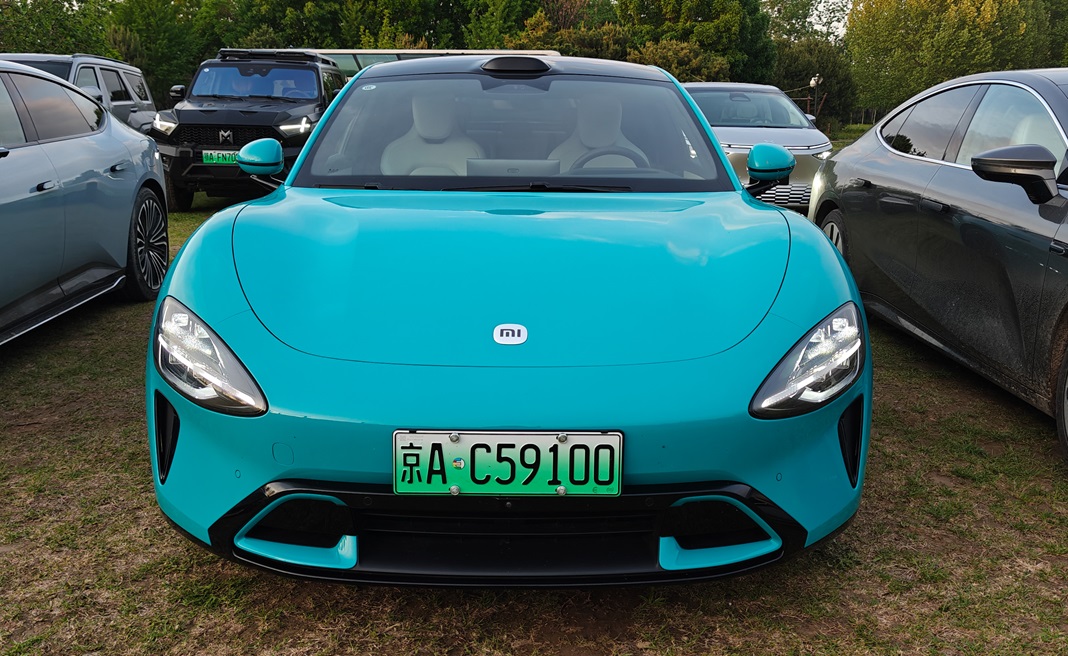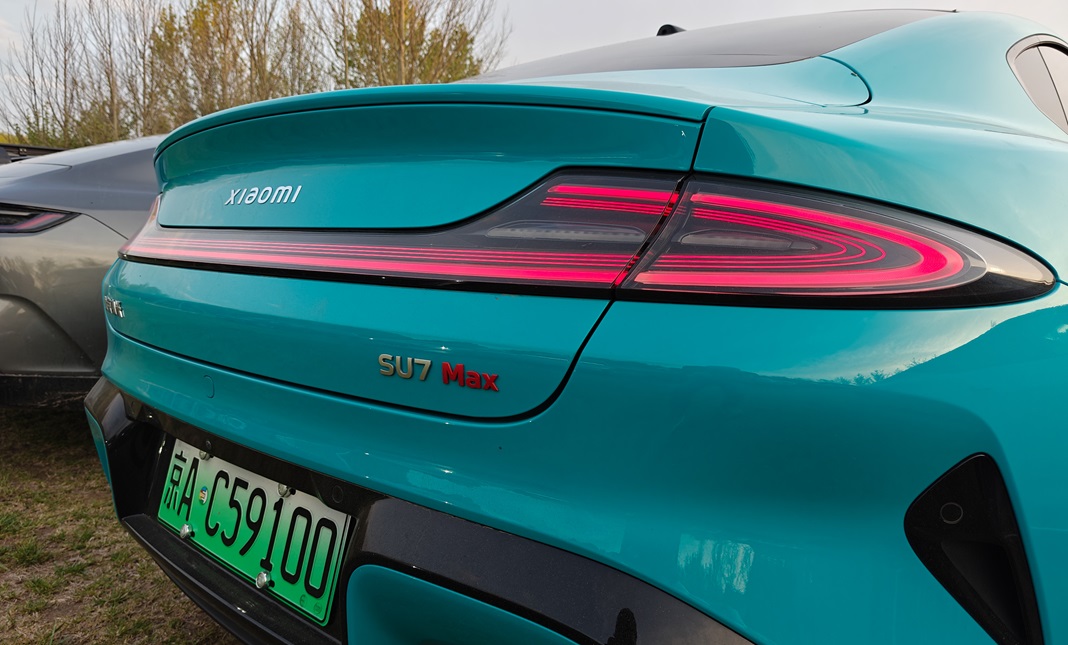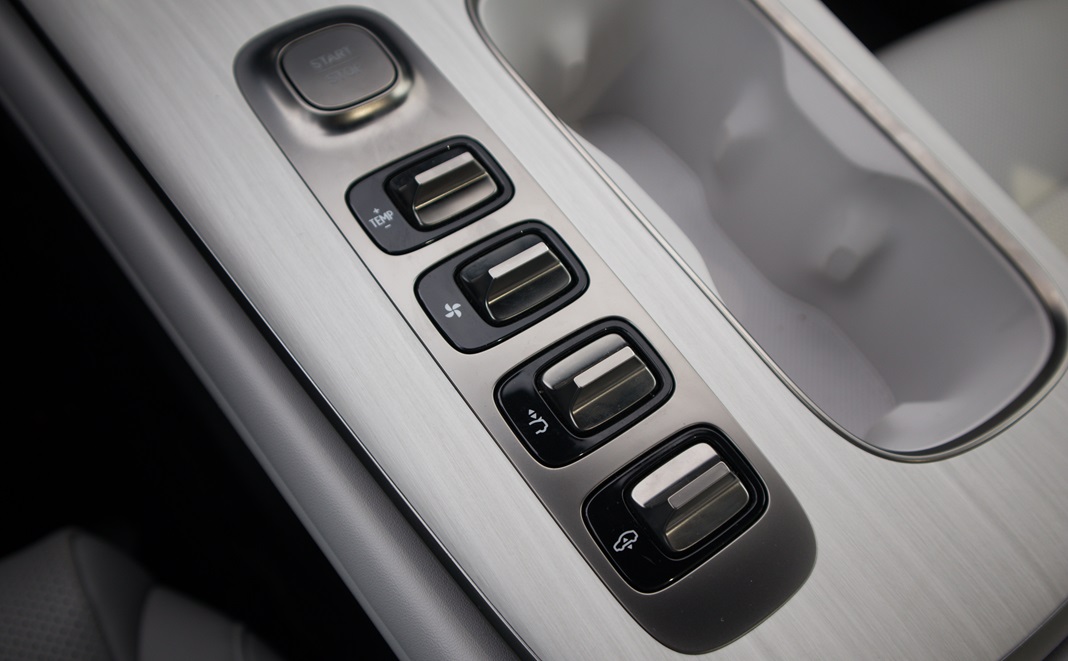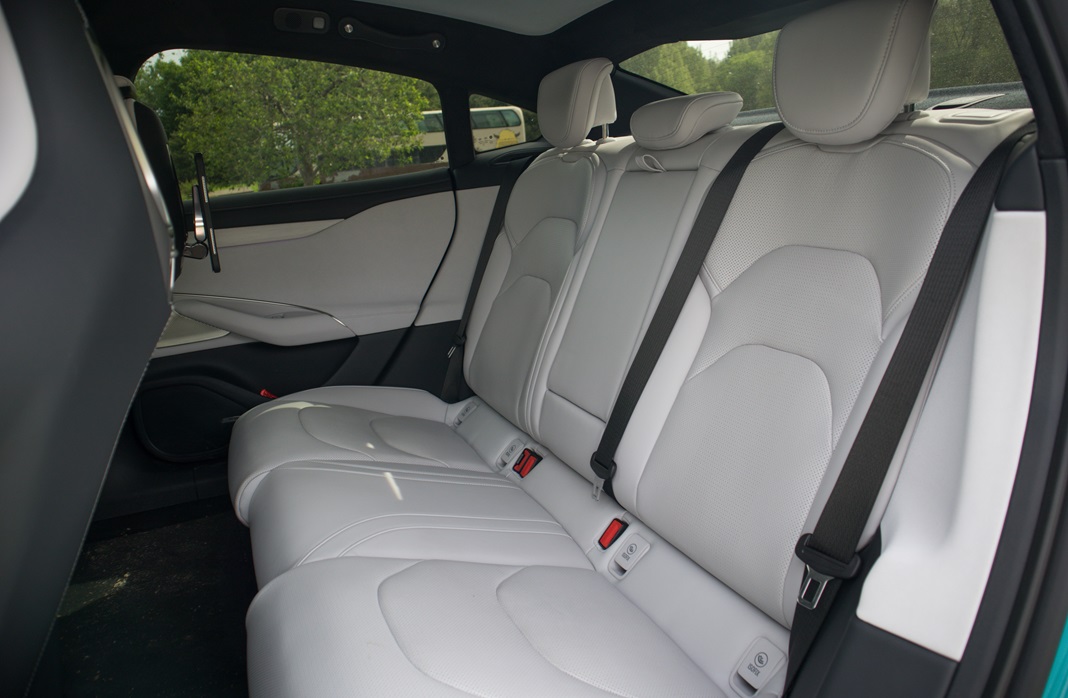As far as ruthlessness goes, few are in the same league as Elon Musk, how else to prosper in the cutthroat business of peddling automobiles to the masses. Hence, Musk’s assessment of Chinese carmakers having the capability to “pretty much demolish most other companies in the world” carries weight as Tesla themselves are grappling with the ever-growing number of Chinese rivals in the most competitive automotive market in the world.
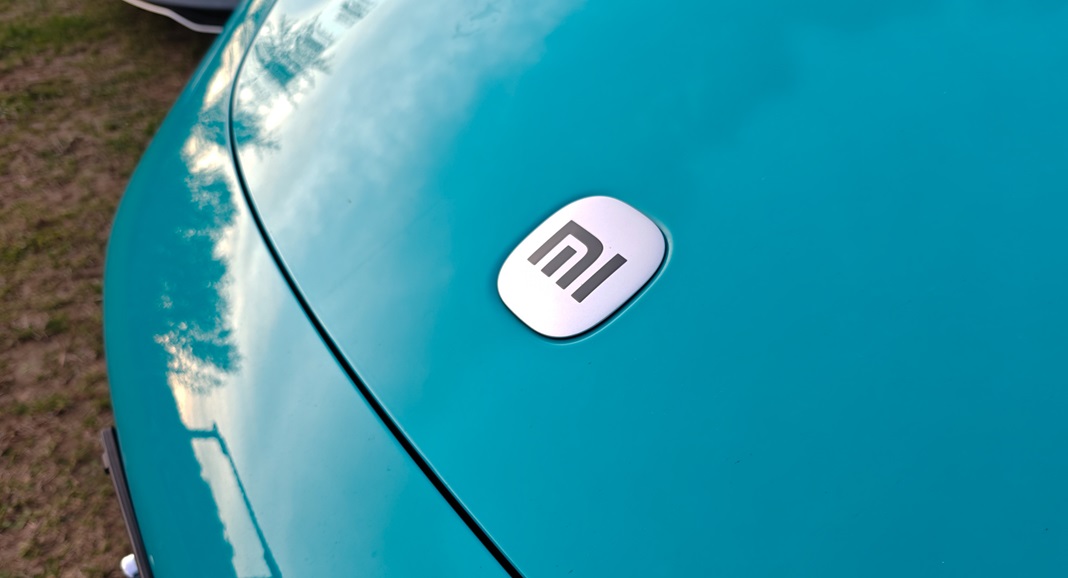
For legacy car brands bracing for the eventual onslaught of Chinese automobiles, the news isn’t getting any better. Xiaomi, the Beijing-based smartphone and electronics giant, has thrown its hat into the ring in the shape of the SU7 – easily the hottest car in China and arguably the most talked about EV in 2024. Yes, upstarts are aplenty in China, but none bears a brand as recognisable as Xiaomi. It’s no wonder then that the interest in the SU7 has been nothing short of overwhelming, with this year’s production all snapped up.
Nailing it on the first try
The unusually chilly morning and still damped road from an earlier shower aren’t ideal conditions to sample the fiercest SU7 variant, but it’s already warming hearts with its gleaming Aqua Blue paintwork and 21-inch gloss black alloys. Opinions were not in short supply when Xiaomi released the first images of the SU7 back in December last year, my own take being that the mimicry of a McLaren’s front end was unnecessary, but the low slung, four-door saloon silhouette (with an astonishing 0.195 Cd factor) is undoubtedly sporty in the flesh, while the fluid body lines, taut at the right places, remind me of how Xiaomi devices are always chamfered and shaped tidily.
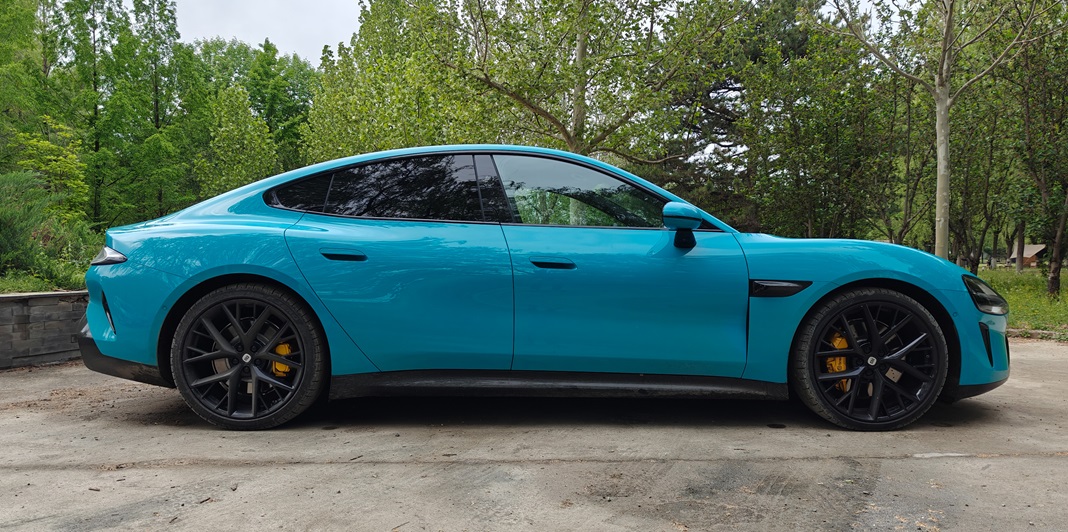
It’s typically in the first 10 to 15 minutes of a drive with which lasting impressions are formed, and any notions suggesting that the SU7 is an amateur effort destined to fall apart were quickly dispelled once seated behind the wheel. For a vehicle claiming sporty credentials, the driving position has to be conducive for a spirited drive, and the SU7’s snug and supportive sports seat delivers just that, complimented by a perfectly-sized steering wheel that feels as if it has been lifted from a Porsche, both in form and perceived quality. In fact, every touch point feels premium, this is already looking promising.
Unlike so many new Chinese cars that are over-saturated with tech in their interiors, the SU7 takes a common-sensical approach of mixing physical switches with touch controls; there are toggles with tactile action for both the air-con and multimedia, while the steering wheel has actual buttons and knobs. Hard to believe this is worth mentioning, but at least there’s one manufacturer in 2024 which isn’t trying to send you into a ditch while fiddling with AC fan speeds on a screen.
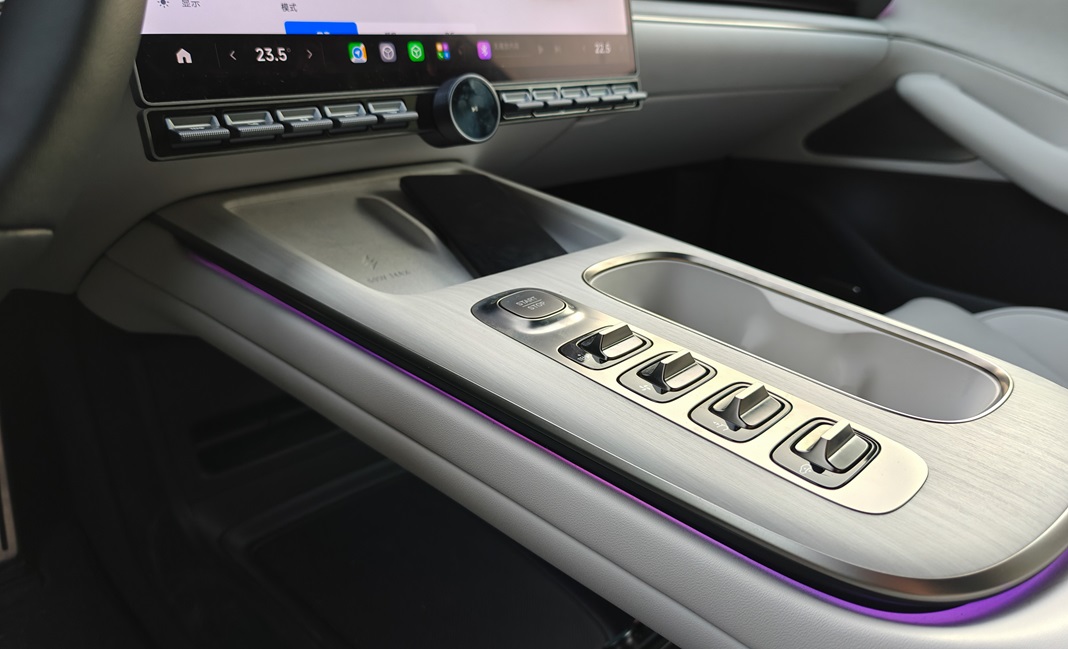
The SU7 rakes up more brownie points when the driver’s digital display elegantly unfurls itself upon depressing the ‘Start’ button, there’s also a heads-up display, just in case. I didn’t quite have the opportunity to explore the HyperOS-driven infotainment system in depth, but the icons and fonts are aesthetically pleasing while the interface is responsive and familiar, being an Android-based system.
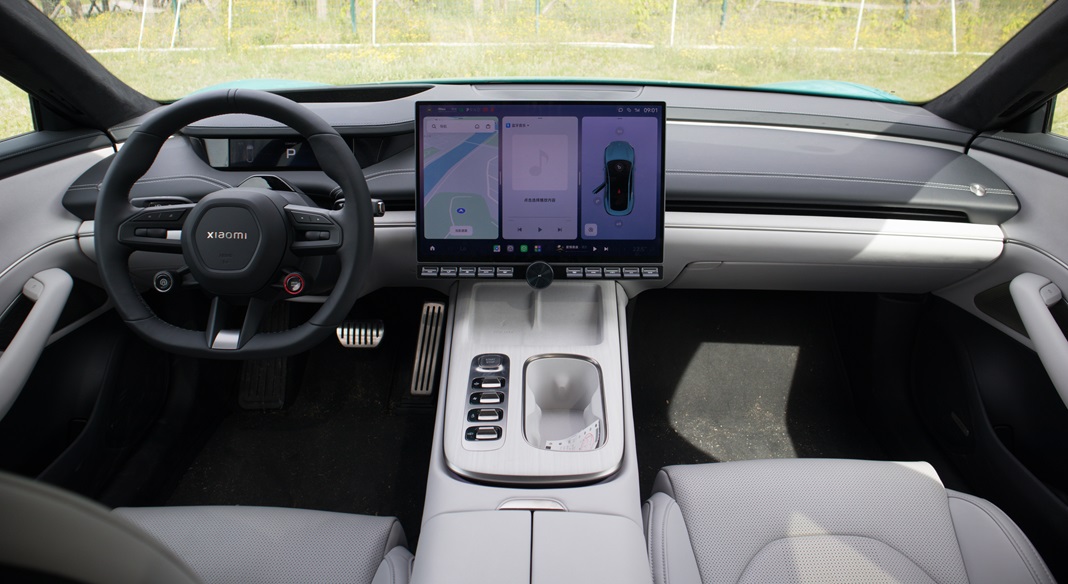
If you are invested in the Xiaomi ecosystem, the SU7 can act as a control centre for smart home devices (and vice versa) as well as mirror a compatible smartphone on its centre display. It comes standard with wireless Apple CarPlay and it’ll even pair up with iPads that can be mounted as rear entertainment screens. Connectivity is clearly Xiaomi’s forte and the SU7 is already in a much better place compared to others in this regard.
In an ultra-competitive environment like China, where all the major auto brands bring their best products, there can be no excuses, even if you’re new to the game like Xiaomi. It is with this mindset that I flicked the SU7’s steering-mounted stalk into D and ease into the throttle. A few key observations stood out in the first couple of kilometres, and they have nothing to do with SU7 Max’s ferocious acceleration or its 16.1-inch high-resolution 3K screen.
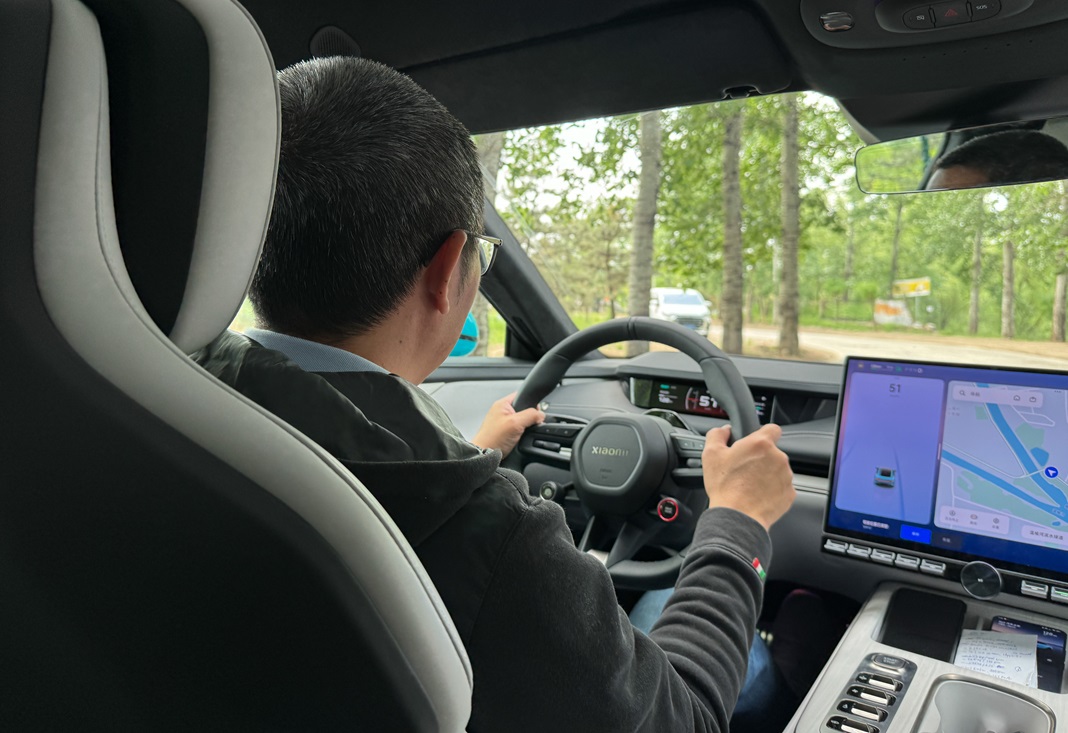
For one, the SU7 rides properly, not merely comfortably or smoothly, but it has the characteristics of a well-sorted performance-oriented product much like that of an Audi RS model or a BMW M car. Rippled B-roads which jiggled occupants in other vehicles tested prior to the SU7 Max were soaked up well, even in the firmest-riding Sports Plus mode, and this is on 21-inch low profile Pirelli rubber no less. The high degree of composure doesn’t come by luck or chance, the engineers responsible for tweaking the adaptive air suspension of the SU7 have dialled it right on their first try, at least for the roads around Beijing.

The reward for solving the ride quality riddle is many folds, it allows the SU7 Max to lay down copious amount of torque with ease, 838Nm to be precise. Sure, all-wheel drive helps to no end, but it’s the ease with which torque is translated into relentless forward motion that’s really fascinating. It may pin the driver to the seat and contort the facial expression of other occupants, but the SU7 Max always feels assured and in control. How is it that a 2.2-tonne four-door saloon which dispatches 0-100km/h in 2.78 seconds be so easy to drive? Heck, even the simulated acceleration soundtrack hits the right notes (like a creamy V8). Xiaomi have clearly done their homework since declaring they would start making cars in 2024.
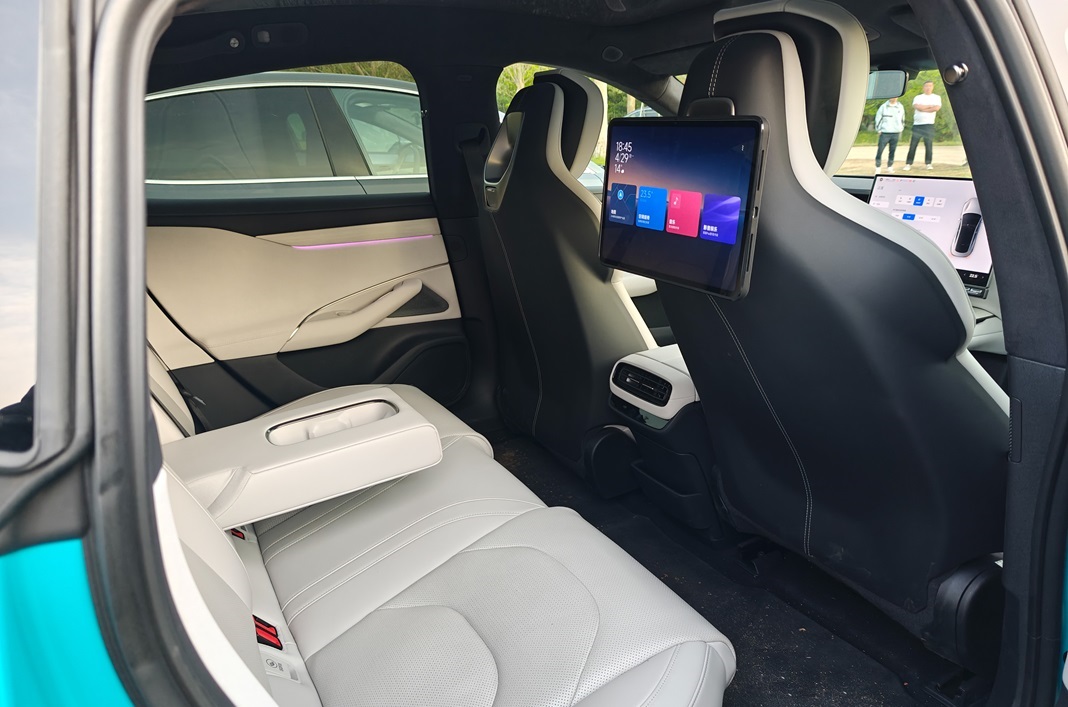
For sure, I wished the steering and brake pedal offered a weightier response but this light and delicate feel is in line with how EVs are calibrated, where motors instead of hydraulic pressure dictate ‘feel’. I wished the rear seats had more thigh support and I still wished it didn’t look like a McLaren from the front…but in reality, I’m struggling to pick faults with the SU7; its legroom, headroom and cargo space (there’s a usable frunk as well) are more than what one could possibly expect from a performance sedan.
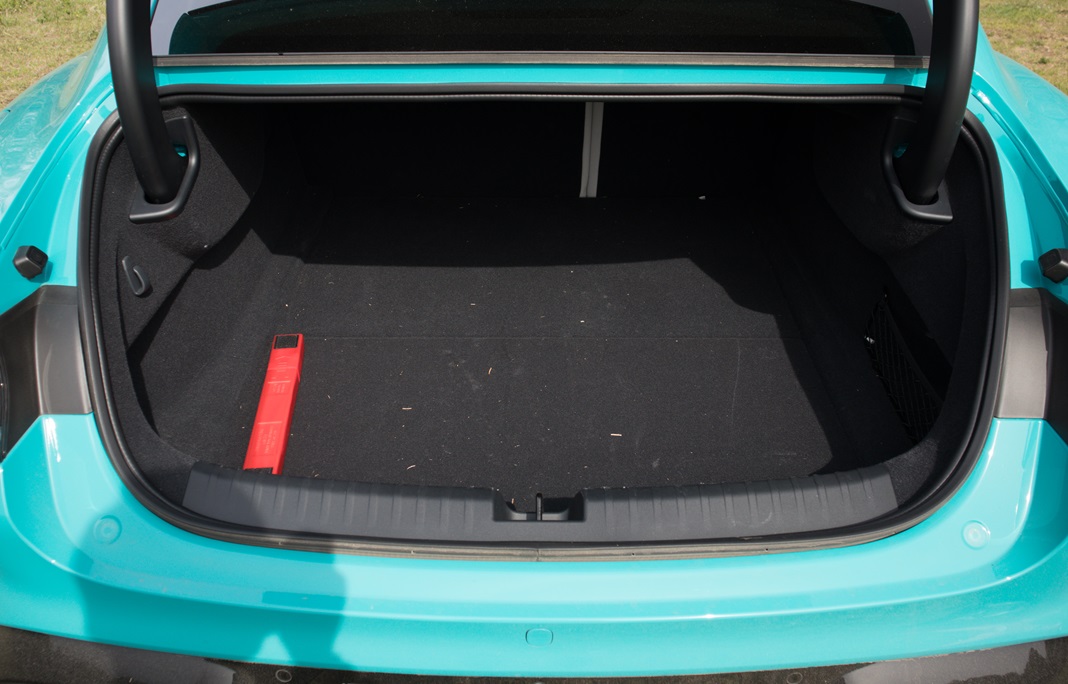
The automotive landscape is changing
The smartphone analogy is probably correct to depict how the global automotive landscape is likely to be re-delineated in the coming years. Brands such as Nokia, Sony Ericsson, Blackberry and Motorola have all been either acquired by or defeated by Chinese competitors, and it’s hard to see legacy carmakers having an answer to the economies of scale which Chinese manufacturers enjoy. Perhaps it’s fitting that a smartphone maker has now entered the fray to challenge the automotive establishment, these are transformational times indeed.

Given that Xiaomi is already a trusted household brand in Malaysia, there’s no reason why the SU7 wouldn’t be well received here, but as Xiaomi already has its hands full meeting domestic demand, it’s anyone’s guess when the SU7 would make it to our region. If and when it does, the SU7 would likely undercut its benchmark, the Tesla Model 3 in price and specifications, as it is already doing so in China. More ominously, the SU7 possesses all the attributes to challenge Tesla and those higher up the food chain as well, it’s unheard of for an automotive newcomer but a sign of things to come.
Likes: Exceptional performance, premium build, well-equipped
Dislikes: Really doesn’t need to look like a McLaren
Xiaomi SU7 Max
Price: RMB ¥ 299,900 Motor: Front & Rear, AWD Output: 673hp and 838Nm Performance: 0-100km/h in 2.78 seconds; Top speed: 265km/h Battery capacity: 101kWh Range: 800km Wheels/tyres: Pirelli P-Zero 235/35 R21 (F), 265/35 R21 (R)
